December 4, 2013
Benefits of social media for employers are not being realised says CIPD
 Research launched today at the CIPD’s Social Media in HR conference reveals social media is still a long way off from infiltrating the workplace to the extent it is used in our social lives. Three in four (76%) use social media in their personal lives, but just one in four (26%) use it for work purposes. Given the news this week that the attorney general is to publish guidance on Twitter to help prevent social media users from committing contempt of court, employers could be forgiven in being wary of the risks of social media. This is a mistake, as according to the research, ‘Social technology, social business?’ almost half (47%) of employees who use social media for work on a daily basis already see real benefits for their organisations. (more…)
Research launched today at the CIPD’s Social Media in HR conference reveals social media is still a long way off from infiltrating the workplace to the extent it is used in our social lives. Three in four (76%) use social media in their personal lives, but just one in four (26%) use it for work purposes. Given the news this week that the attorney general is to publish guidance on Twitter to help prevent social media users from committing contempt of court, employers could be forgiven in being wary of the risks of social media. This is a mistake, as according to the research, ‘Social technology, social business?’ almost half (47%) of employees who use social media for work on a daily basis already see real benefits for their organisations. (more…)






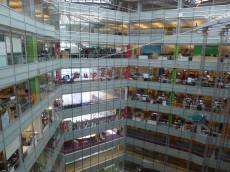


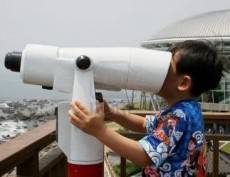

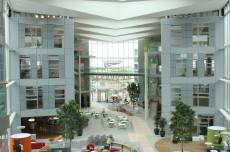

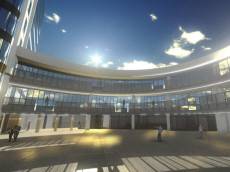







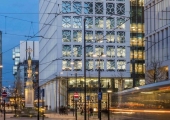
November 28, 2013
The future belongs to those who leave themselves choices of how to deal with it
by Mark Eltringham • Comment, Facilities management, Flexible working, Technology, Workplace
(more…)